Nashauna Drummond, Lifestyle Coordinator
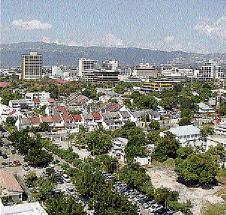
These old railway cars litter the premises of the Jamaica Railway Corporation in downtown Kingston in 1990, like creatures from a former age, while on the horizon the modern skyscrapers dot the sky. - File
It was the near ruin of Port Royal in 1692 that gave birth to Kingston as a parish and city. A massive earthquake in that year destroyed the port city, turning its residents into refugees who resettled in Kingston. Kingston was then called Beeston after Sir William Beeston, who served as lieutenant governor of the island from 1693-1700. It was officially made a parish in 1713. In 1872 Kingston became the capital of Jamaica, succeeding Spanish Town. Fast-forward two centuries and we have the hustle and bustle of a continuously growing city.
Catastrophes
However, like the former home of its new residents, Kingston experienced its share of catastrophes. As it grew and became the hub of economic activity, its population grew. Kingston was virtually devastated by the 1907 earthquake. The catastrophe destroyed 75 per cent of its buildings and sparked several fires. The wealthy moved out of downtown and its environs. Rae Town, which extended to the seafront south, eastward to Paradise Street and northward to Victoria Avenue, was a hig-class residential area.
Changing Face
However, over the years, Kingston has gone through a complete overhaul. There are now houses where trees once stood, and houses and stores that proudly adorned streets of Kingston in the days of 1872 have given way to skyscrapers. To capture all the changes the city has gone through would take volumes.
As the city changed, one of the most noticeable differences has been the migration of numerous business that were landmarks downtown to the new commercial district in New Kingston. But just over 50 years ago, there was no Barbados Avenue, Grenada Crescent or Trinidad Terrace. It was not the honking of horns nor the revving of engines, but the pounding of hooves that permeated the 'streets' of New Kingston. That's because back then, the area was home to the Knutsford Park Racing Track. It was not until the 1960s that the Knutsford Race Course became New Kingston.
Historian Hartley Neita recalls what New Kingston looked like when he was a teenager. "What is now New Kingston was Knutsford Park Racing Track. Where Abbey Court is was Abbey Hotel. Back then, people respected Authority," he reminisced.
"The major change has been the removal of businesses and offices out of downtown." He notes that the waterfront has changed drastically, as the site of the Bank of Jamaica building was once part of the famed Myrtle Bank Hotel. He visited the hotel while working at the Jamaica Information Service and was amazed by its beauty. "It was a hotel of class; it was old colonial world with potted palms." He also notes that one of the other major changes has been that the houses of the wealthy that once dominated South Camp Road, are now business places. "Eastwood Park, Hagley Park, Lyndhurst Road all had beautiful homes," he says.
Neita says he sometimes laughs when he thinks of the numerous changes the city has gone through. "I remember that on King Street you could get silk from Far East, now they are sold in pounds!" he declares.
Liguanea
As Kingston grew in the 17th century, more houses were established in Liguanea Plains. The area was once owned by Sir William. Five hundred and thirty acres of the Liguanea Plain ? all related to Colonel Samuel Barry's hog pen or hog crawle, as it was more commonly known. Sometime in the early 1660s, Barry sold the land to William Beeston, so in June 1692 when a new town was needed to provide homes for former Port Royal residents, Nicholas Lawes, acting on Beeston's behalf, sold 200 of the 530 acres to the Jamaica Council (the island's governing body).
What we see today is a far cry from what the city of Kingston and the island Jamaica that once had 22 parishes. Many of us have faint memories of good old Kingston, but most of us will only be able to imagine from the words of history books. But, as it continues to change and grow, we can't help but respect this majestic city and its rich, eventful history. And wonder of the stories it could tell.
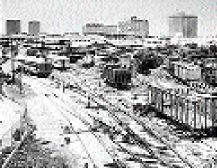
The new landmarks and skyline of New Kingston. - Ian Allen/Staff Photographer
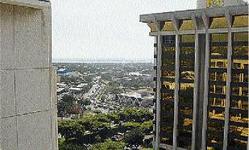
Tom Redcam Avenue leading up to Oxford Road, as seen between National Commercial Bank's twin towers, bears no resemblance to the days of the yore. - Ian Allen/Staff Photographer
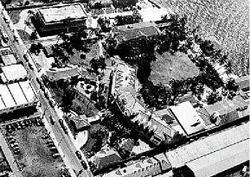
The famed Myrtle Bank Hotel dominated the Kingston waterfront in the 18th century. - File
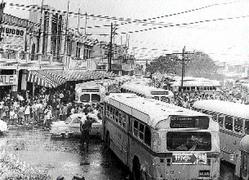
A traffic jam at South Parade in downtown Kingston in 1971.

